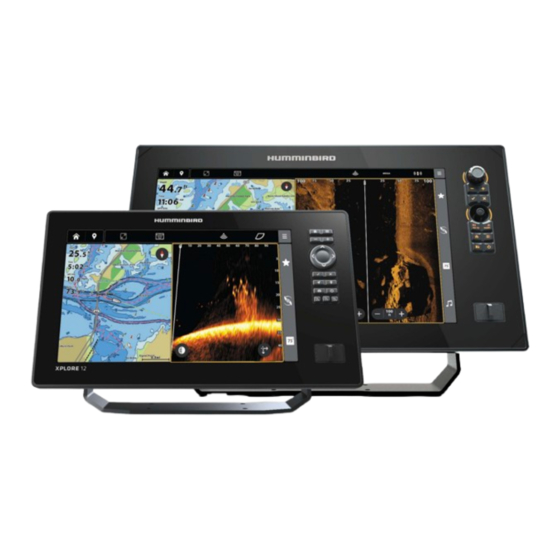
Humminbird XPLORE Series Owner's Manual
Hide thumbs
Also See for XPLORE Series:
- Installation manual (12 pages) ,
- Installation manual (13 pages)
Table of Contents
Advertisement
Quick Links
Advertisement
Table of Contents















Need help?
Do you have a question about the XPLORE Series and is the answer not in the manual?
Questions and answers